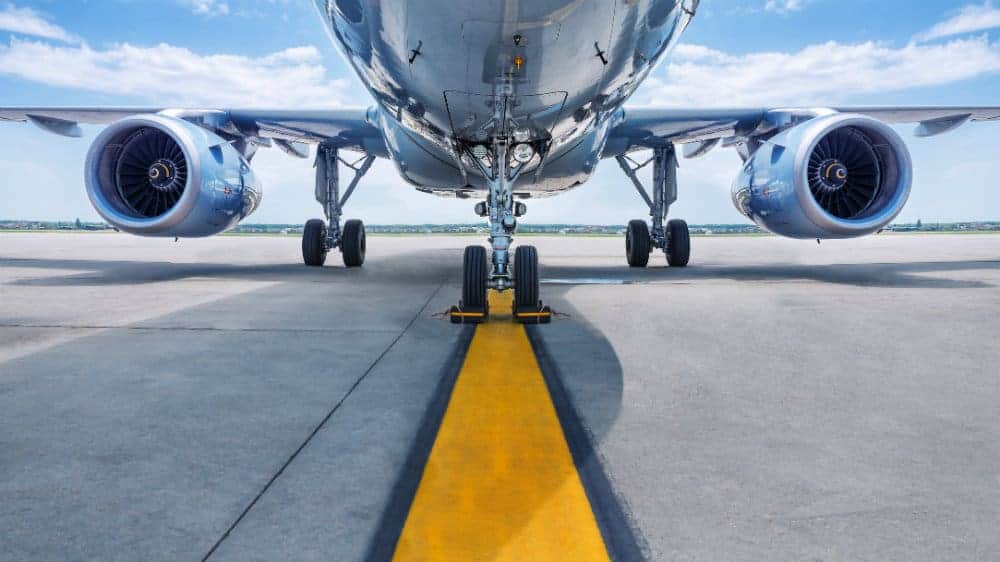Rolls-Royce (LSE: RR) shares are down around 50% in the past year. However, investors who bought the stock during the lows in October have seen their investment grow three times.
The company derives around 50% of its revenue from its civil aerospace segment. This is the reason investors became increasingly cautious about the stock last year. However, the hopes of a positive Brexit deal in October and also the successful raising of capital by the company helped the stock price recover.
I would like to understand the pros and cons of investing in this company.
Rolls-Royce fundamental analysis
Rolls-Royce released its trading update at the end of January. Full-year 2020 free cash flow was in line with the management guidance. They were expecting free cash outflow of approximately £4.2bn for the year 2020.
In my opinion, the company has done well in handling the negative impact of Covid-19 on its business. It was able to achieve more than £1bn in cost savings in 2020. It has set a plan of £1.3bn in cost savings by 2022. Its liquidity position is good, with approximately £9bn at the end of 2020. This figure is at the upper end of the company’s guidance. This liquidity is another reason why I like Rolls-Royce shares.
In its December trading update, the company reported that its power systems end markets were seeing some early signs of improvement. Its defence segment business is strong. It has a good order book and 2021 forecast sales are covered. The increase of the UK defence budget is also expected to bode well for the company’s long-term growth.
The Rolls-Royce company has a wealth of technical expertise. In the future, it might enter the air taxi market. My colleague Jay Yao believes that the company has a lot of potential in future aviation technologies.
Risks to consider investing in Rolls-Royce shares
It is too early to know exactly the total negative impact of the Covid-19 pandemic on Rolls-Royce. Many companies might have deferred payments which they will have to cover once the market opens up.
There is a lot of optimism after Prime Minister Boris Johnson announced the gradual lifting of restrictions. However, there is no guarantee that the full lockdown will be lifted by June. If the lockdown does need to be extended, the company’s 2021 revenue might also fall drastically. This would have a negative impact on the Rolls-Royce share price.
Fitch Ratings has downgraded Rolls-Royce’s long-term issuer default rating (IDR) and senior unsecured rating to ‘BB-‘, with the outlook as negative. This is will further increase the interest costs when the company raises debt. The company had a net cash position at the end of 2019 but is expecting a net debt position of £1.5bn to £2.0bn at the end of 2020.
The company’s free cash flow forecast for the year 2021 is a cash outflow of £2.0bn. This is based on 2021 widebody flying hours at around 55% of 2019 levels. However, the company expects free cash flow to improve in the second half of 2021, which is positive.
Rolls-Royce shares are currently trading at a price-to-sales ratio of 0.64. I understand that there is a lot of uncertainty for the company this year. However, I believe the shares are undervalued and would like to buy the shares this year.








